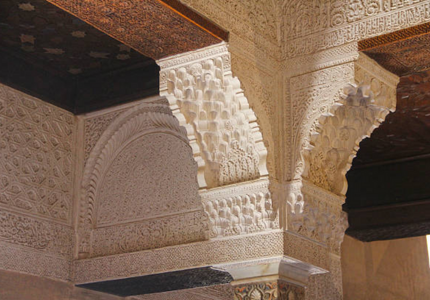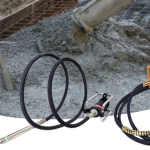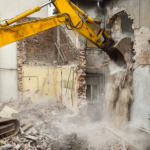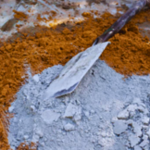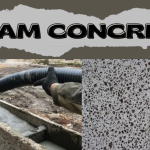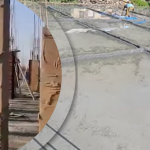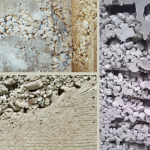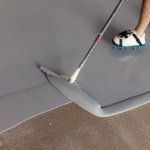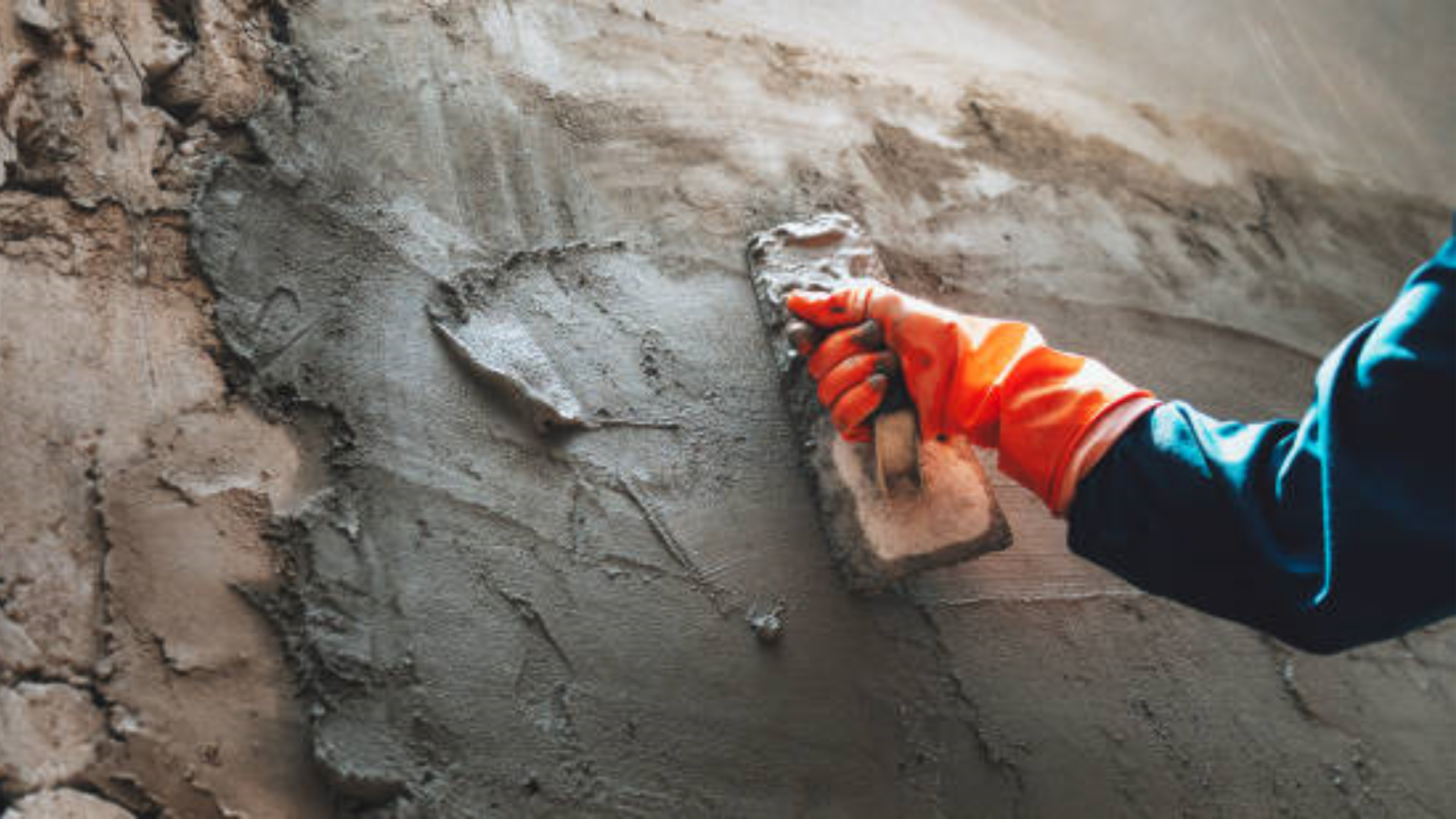
Plastering is one of the most crucial activities in almost every building project. It improves a structure’s appearance while also protecting the interior and exterior surfaces. This article will take readers through the many types of plaster finishes that are used in construction.
What is Plastering?
Plastering is a construction process that involves applying a layer of plaster mixture onto walls, ceilings, and other surfaces to create a smooth, even, and aesthetically pleasing finish. The purpose of plastering is to improve the appearance of surfaces, cover imperfections, provide protection, and enhance the durability of the underlying structure. Plastering is a skilled trade that requires expertise in mixing plaster materials, applying them accurately, and achieving the desired texture and finish.
Plaster is a construction material that consists of a mixture of gypsum, lime, cement, or other binders, combined with water to form a paste-like consistency that can be applied to walls, ceilings, and other surfaces. It has been used for centuries in construction and interior finishing due to its versatility, durability, and fire-resistant properties.
Plaster is typically applied in multiple layers, with each layer allowed to dry and harden before the next layer is added. The thickness and number of layers can vary depending on the desired finish and the specific application. Plaster can be applied by hand or using specialized tools and techniques, such as troweling or spraying.
Once applied, plaster can be finished in various ways to achieve different surface textures, patterns, and appearances.
Plaster can also be painted, stained, or otherwise decorated to further enhance its appearance.
Plaster is commonly used in construction for interior walls, ceilings, and decorative elements, as well as for exterior walls in some cases. It is also used for restoration and repair work to fix damaged or deteriorated plaster surfaces. Properly installed and maintained, plaster can provide a durable and attractive finish for buildings and other structures.
Purpose of Plastering
The purpose of plastering is to provide a smooth and even finish to walls, ceilings, and other surfaces. Plastering can be done for both functional and decorative purposes, and it has several benefits, including:
- Providing a smooth and even finishPlastering is used to create a smooth and even surface on walls, ceilings, and other surfaces. This smooth finish is often necessary for painting, wallpapering, or applying other decorative finishes, as it provides a clean and attractive appearance.
- Covering imperfectionsPlastering can be used to cover up imperfections on walls or ceilings, such as cracks, holes, or uneven surfaces. It helps to create a seamless and uniform appearance by filling in gaps and irregularities in the underlying surface.
- Protecting surfacesPlastering can act as a protective layer for walls and ceilings, helping to prevent damage from moisture, wear and tear, and other environmental factors. Plaster can provide a barrier against water penetration, which can help protect the underlying structure from water damage.
- Enhancing fire resistancePlaster is inherently fire-resistant due to its composition, which includes gypsum or other fire-resistant materials. Plastering can help improve the fire resistance of walls and ceilings, making it a common choice for fire-rated assemblies in building construction.
- Improving thermal insulation and soundproofingPlaster can help improve the thermal insulation and soundproofing properties of walls and ceilings. It can help reduce heat loss or gain through walls and dampen sound transmission, creating a more comfortable and quieter indoor environment.
- Creating decorative finishesPlastering can also be used to create decorative finishes, such as textured or patterned surfaces, decorative moldings, and ornamental details. Plaster can be shaped, molded, and finished in various ways to achieve different aesthetic effects, adding visual appeal and character to interior and exterior spaces.
Types of Plaster Finishes
Finishing is usually applied to give a smooth finish to a rough surface and to give a surface a decorative appeal, or you might say that finishing is done to make a surface look aesthetically appealing. There are many different types of plaster finishes, each with its own unique appearance and characteristics. Here are some of the most common types of plaster finishes:
Smooth Cast Finish
This is the most common type of plaster finish and is used on both walls and ceilings. It provides a smooth and uniform surface that is easy to paint or decorate. It is achieved by applying a thin layer of plaster and smoothing it out with a trowel. A smooth finish is often used for painting or wallpapering, as it provides a clean and uniform surface.
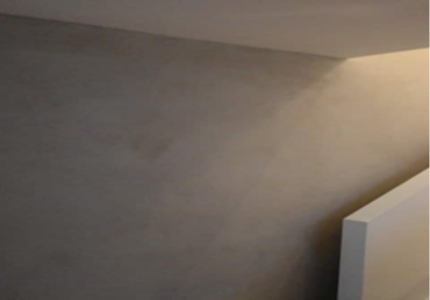
Sand Faced Finish
A sand finish is created by adding sand or other coarse materials to the plaster mixture. This creates a rough texture that can help hide imperfections in the underlying surface.
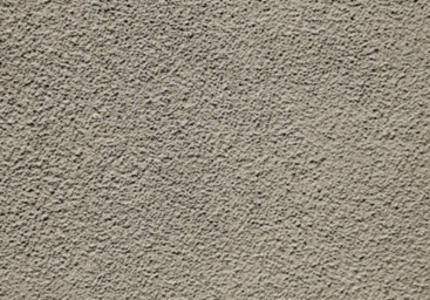
Rough Cast Finish
A roughcast finish is a rough, textured finish that creates a natural, organic look. It is achieved by spraying or flicking wet plaster onto the surface using a specialized tool called a flicker gun.
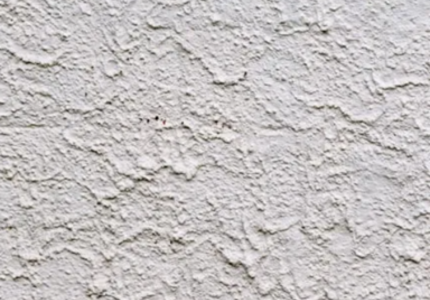
Also Read: Fiber Cement Flooring | Pervious Concrete | Foam Concrete | Steel Deck Installation and Construction | Types of Concrete Mixer
Textured Finish
Textured finishes can be achieved through a variety of techniques, such as troweling, stucco, or the use of special rollers. This type of finish can create a variety of patterns and designs on the surface of the plaster.
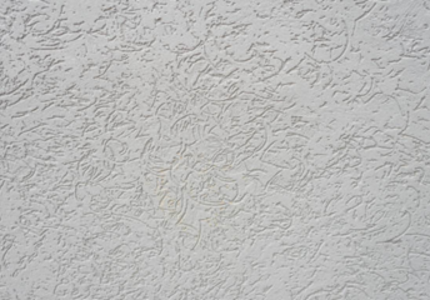
Pebble Dash Finish
Pebble dash is a textured finish that is created by mixing small stones, pebbles, or aggregates with wet plaster and then throwing it onto the surface, creating a rough and rustic appearance.
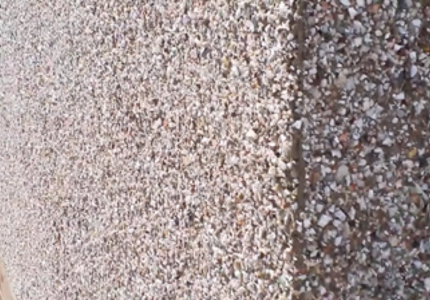
Decorative Plasterwork
This type of plaster finish includes decorative elements such as moldings, cornices, and ceiling roses. These are often created using a combination of plaster and other materials, such as fiberglass or resin.
